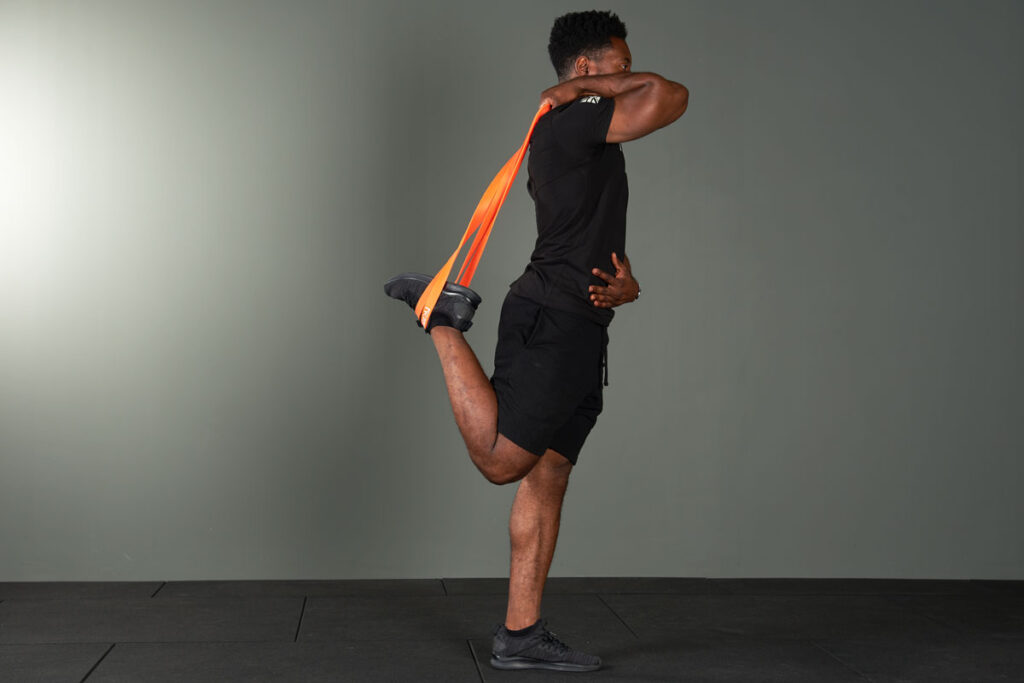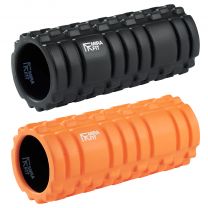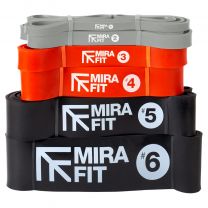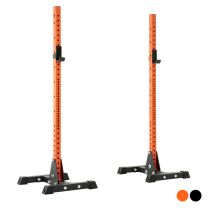How DOMS Make You Stronger
How DOMS Make You Stronger

There’s no other pain like the throbbing in your quads and hamstrings 48 hours after a heavy leg session. Walking is nearly impossible, and as for going down stairs, not a chance. We’ve all experienced DOMS at some point, but what are they? And why do they cause so much pain?
What Are DOMS?

Delayed onset muscle soreness (DOMS) is something that happens to anyone that does exercise. It’s that achy feeling you get in your muscles a few days after you’ve done a high intensity workout. And trust me, you know when DOMS hit.
DOMS occur after most high intensity exercises, whether that be resistance or cardiovascular, however it is most likely to occur as a result of eccentric training. An eccentric contraction is the lengthening of a muscle during a movement. For example, the eccentric part of a squat is when the quadricep muscles are lengthened during the lowering phase. It is thought that this temporary muscle damage occurs when micro tears are created in the muscles. However, once they have repaired the muscles come back bigger and stronger.
How Long Do DOMS Last?

Usually, your muscles will feel fine after a workout (maybe a little tired) but you’ll still be able to function as normal. It’s 24-72 hours after the session that DOMS will hit you like a ton of bricks with a peak around 48 hours after training.
It is important to be aware of the pain. DOMS will be painful, but it should be a dull ache and not an acute sharp pain. If you are feeling a sharp pain that lasts longer than 72 hours then you should consult a medical professional.
Should I Get DOMS After Every Workout?

DOMS aren’t necessarily a bad thing. Feeling sore after a training session is a sign that the muscles have been working and are repairing. It can also be a sign of progressive overload, you are increasing the intensity of your training to make incremental improvements.
However, just because you don’t have DOMS, it doesn’t mean that you haven’t trained hard enough. DOMS usually occur at the beginning of a training programme when the training stimulus is new, and your muscles aren’t used to the exercise. As your body gets used to the movements, DOMS will reduce which is also a sign that your muscles are getting stronger.
It would be inefficient to get DOMS after every training session. If you worked at a high intensity all the time your body would not be able to recover between sessions. Likewise, if you were in pain and unable to train as a result of DOMS, your training would be inconsistent and delay the process of getting stronger and reaching your goals.
How to Get Rid of DOMS

DOMS will disappear on their own after a few days, but there might be some things you can do to ease the pain.
Active Recovery
This can be any slow, steady state movement that is performed at a low intensity. Active recovery activities include -
• Yoga
• Walking
• Gentle jogging
• Easy cycling
• Swimming
• Gardening
Massage
This can help to relieve muscle soreness and get rid of any knots in tight areas of the body. Although it might not be possible to have a massage after every training session, you can perform self-massage on certain areas of the body or use a Foam Roller to aid with recovery.
Take a Bath
One of the most comforting things you can do is take a bath. There is a whole host of evidence that shows that ice baths are great for recovery. But if you’re like me and you’re looking for something a little more relaxing, then a hot bath will help too. Try adding magnesium salts for added muscle recovery.
Whether you’re new to training or an elite athlete, there’s no escaping DOMS. They’re a part of the training process and show that your programme is working. You shouldn’t be afraid to feel a little stiff after your training, you’re building a more robust and resilient body in the long term.
Written by our guest author Eryn Barber.
For more content, follow us on Instagram, YouTube, TikTok, and on our official Mirafit Facebook page.
Enter your email to signup to our newsletter
Tags: Misc > Recovery






